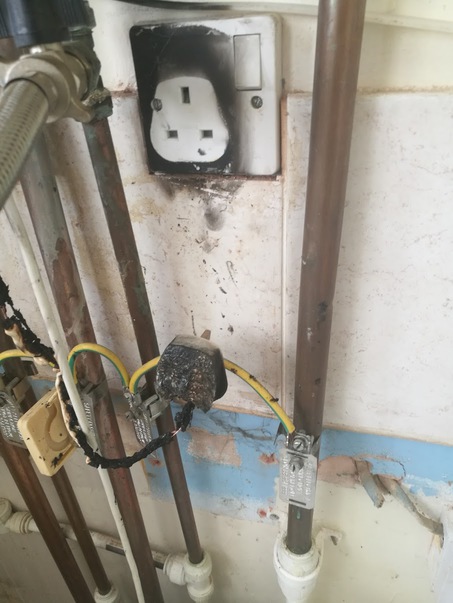Wrong you need at least 6kw, a 13amp main cannot do over 3.5kw tops.
You don't need "at least 6kW" and there is no such thing as "a 13A main" circuit in UK itchy...

You need to understand what you are protecting. A circuit breaker is designed to protect the circuit from damage caused by
excess current from an overload. That's why protective devices in your consumer unit have amperage value - when the current within the circuit exceeds that value we expect the circuit breaker to react accordingly and aptly to its name - break - ie. disconnect power to the circuit.
A 6kW cooking appliance in a super unlikely scenario of all four hobs continuously blasting away at 100% for prolonged period of time is expected to draw no more than what - 25-26A? Furthermore, because you will never cook on all four hobs at full blast, a diversity factor allows us to speculate that your hob during every day use is unlikely to exceed 20A maximum load at any point.
So itchy - what scenario on a circuit serving 6kW appliance are you expecting to protect with a 45A circuit breaker?
In the spirit of the topic - "obvious things to be realised" - let's also clarify this 13A value itchy mentioned. The only 13A protective device commonly used in UK is the little fuse in our plugs. Not just 13A - as we all know you can find 10A, 5A, 3A in those plugs as well. The fuse in a plug is not there to protect your appliance (not as a priority or by design anyway). And it's not there to protect the rest of the installation from a malfunctioning appliance. It's there solely to protect cable cord of the appliance (from melting insulation away and giving you a shock or setting itself on fire) in an event of overload in the circuit. Due to ingenious post war design socket circuits in Britain are often wired as a ring circuit - start from MCB->socket->socket->back to MCB rather than typical to the rest of Europe radial (designed to be one way serial circuit running from the first socket to the last). Due to continuous popularity of RFC (ring final circuits), the wiring typically found in our homes and offices can deliver up to 32A. Which is far more current than a typical cord supplied with an appliance could possibly handle. And so a means of disconnecting those puny cords from the supply in the event of failure was designed into British plug.
People (often in trade) don't always understand what's protecting what, and for example use 13A plugs, without changing fuse accordingly, with cords that can't even handle 13A. Here's what such "failure event" looks like (30A overload through 0.5mm2 flex cable with 3A rating, made in PRC 13A fuse didn't disconnect):







